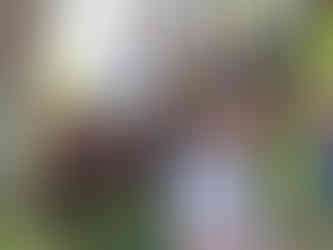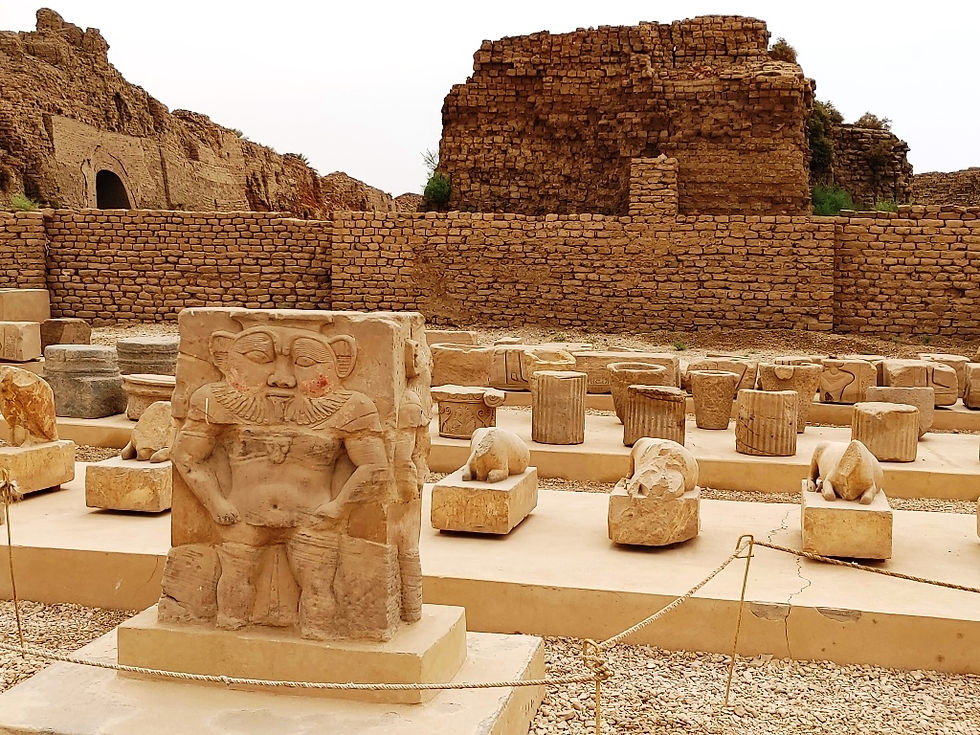Six Mounts from the Sea - Montevideo, Uruguay
- pswartz
- Mar 14, 2023
- 3 min read
Updated: Apr 28, 2024

Montevideo, the capital of Uruguay, is located at the southern tip of the country and due east of Buenos Aires, Argentina (where we will be going tomorrow). Montevideo enjoys a scenic setting on the estuary waters of the Plata River. The Portuguese were the first to settle here, seeking a strategic advantage near open ocean. But Spain, already having established Buenos Aires nearby, expelled them in 1724, but it was not until Jose de San Marin’s arrival on the scene that Uruguay became independent from Spain in 1811. But 1724 was really beginning of the golden era of Montevideo’s Old City, much of which can still be seen today. Within its walls, some of the most impressive colonial-era buildings were built, from the parliamentary Legislative

Council building to the stunning Montevideo Metropolitan Cathedral. The wall has long since disappeared, but the character of old Montevideo remains, often looking more like a city in Europe than in South America. Downtown, amid modern skyscrapers, historic neoclassical and art deco architecture provide more glimpses into the city’s past.
Now you may wonder where the name Montevideo come from. Sounds pretty exotic, doesn’t it? It must mean something fairly significant. Well, in fact, there are various small hills along the northern shore of the Plata River where it enters the Atlantic Ocean. (CLICK ON PHOTOS TO ENLARGE AND SCROOL)

When the first explorers found this location, they had been counting the small hills (or mounts) as they sailed along the coast traveling from the east to west and this location was the sixth hill they came upon. So, they named it Montevideo - Monte (mount) VI (six in Roman Numerals) DEO (del este oeste – East to West in Spanish).

The present-day population of Uruguay is the smallest in all South America and 90% can trace their heritage back to Spanish or Italian. The government is a democratic republic with elections every five years where they elect 31 Senators and 99 Representatives. Voting here is mandatory with a $20 fine is you fail to make it to the polls.

This region north of Patagonia in South America is call the Pampa (meaning “flat region”) and includes all of Uruguay and the middle portion of Argentina. Today we venture outside of Montevideo to a large (about 8,000 acres) beef ranch. The area has very fertile soil where they grow various crops for the cattle. The chief exports of Uruguay today are Beef, Pulp from Eucalyptus trees and Soybeans (in that order). It’s interesting that Eucalyptus trees are on that list given that originally there were NO trees in this region – just flat grasslands. The Eucalyptus trees were brought from Australia and grown here to provide shade for the cattle.

So today we had a great time on the ranch including:
· Learning about the cattle.
· Horse demonstration.
· Hayride through the fields learning about the trees and crops. (On four wheels most of the way - see pictures)
· Learning the history of the ranch – over 100 years old and now run by the 3rd, 4th, and 5th generations.
· Milking cows
· Riding cowhides being dragged by a horse (yes, you read that right)
· Watching their local dancers
· Eating a GREAT lunch of bread, sausage & grilled veggie appetizers, salad bar, beef stew, BBQ Beef, Chicken & Ribs with grilled potatoes, sweet potatoes and vegetables.
Needless to say… it was a pretty good day.

(CLICK ON PICTURES TO ENLARGE & SCROOL)






















Comments